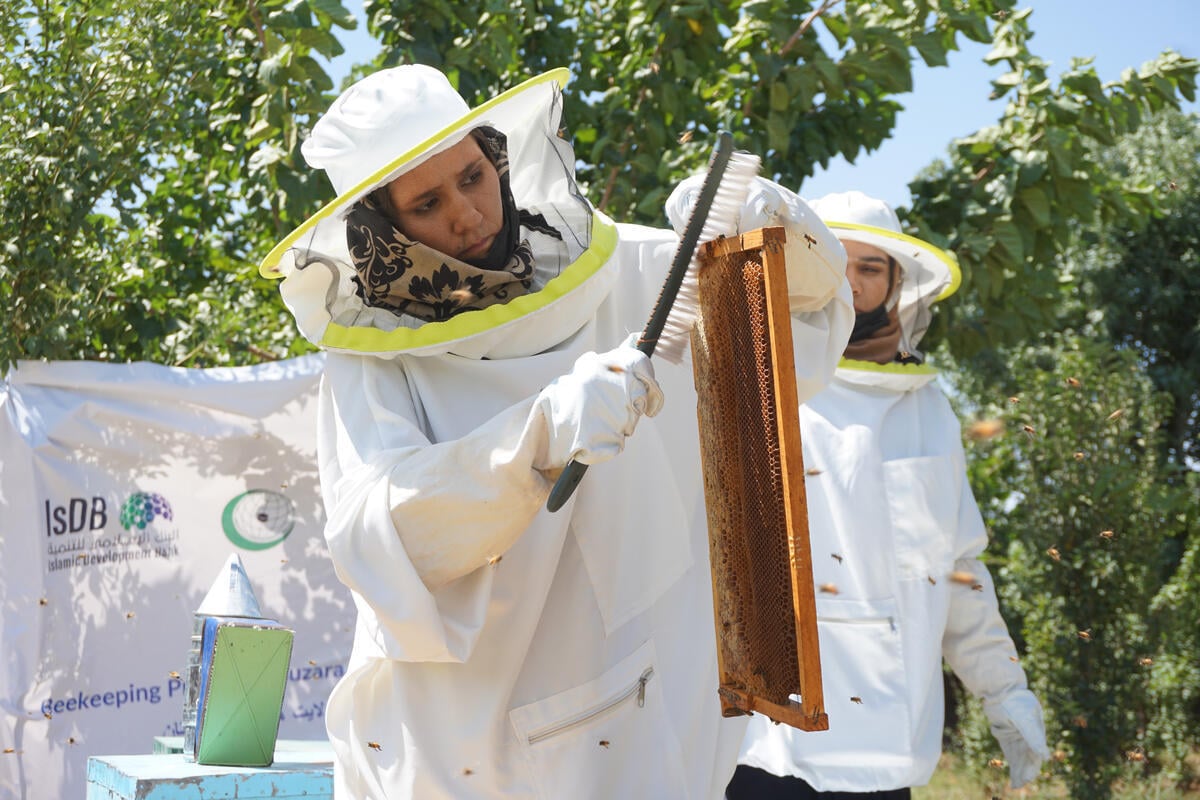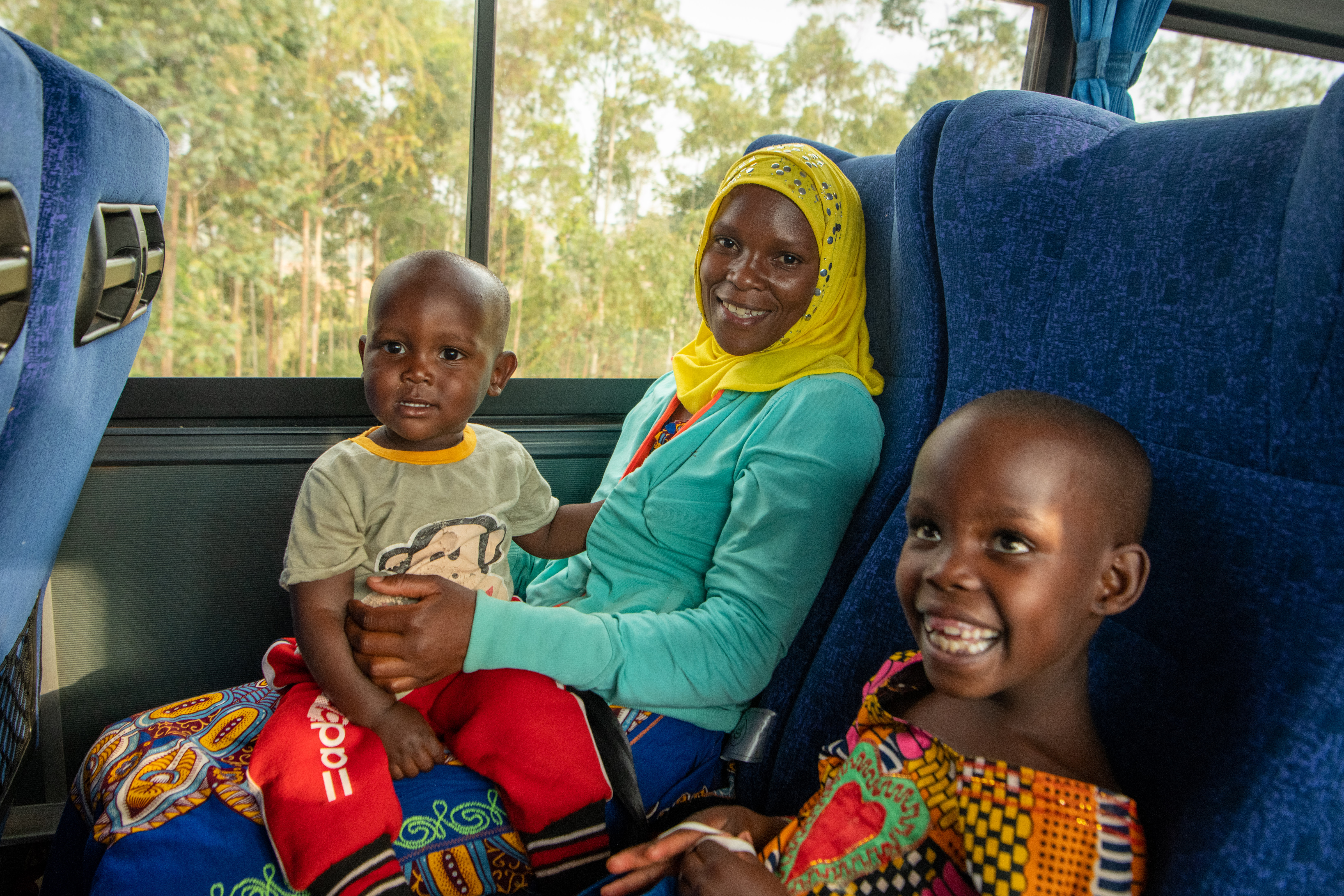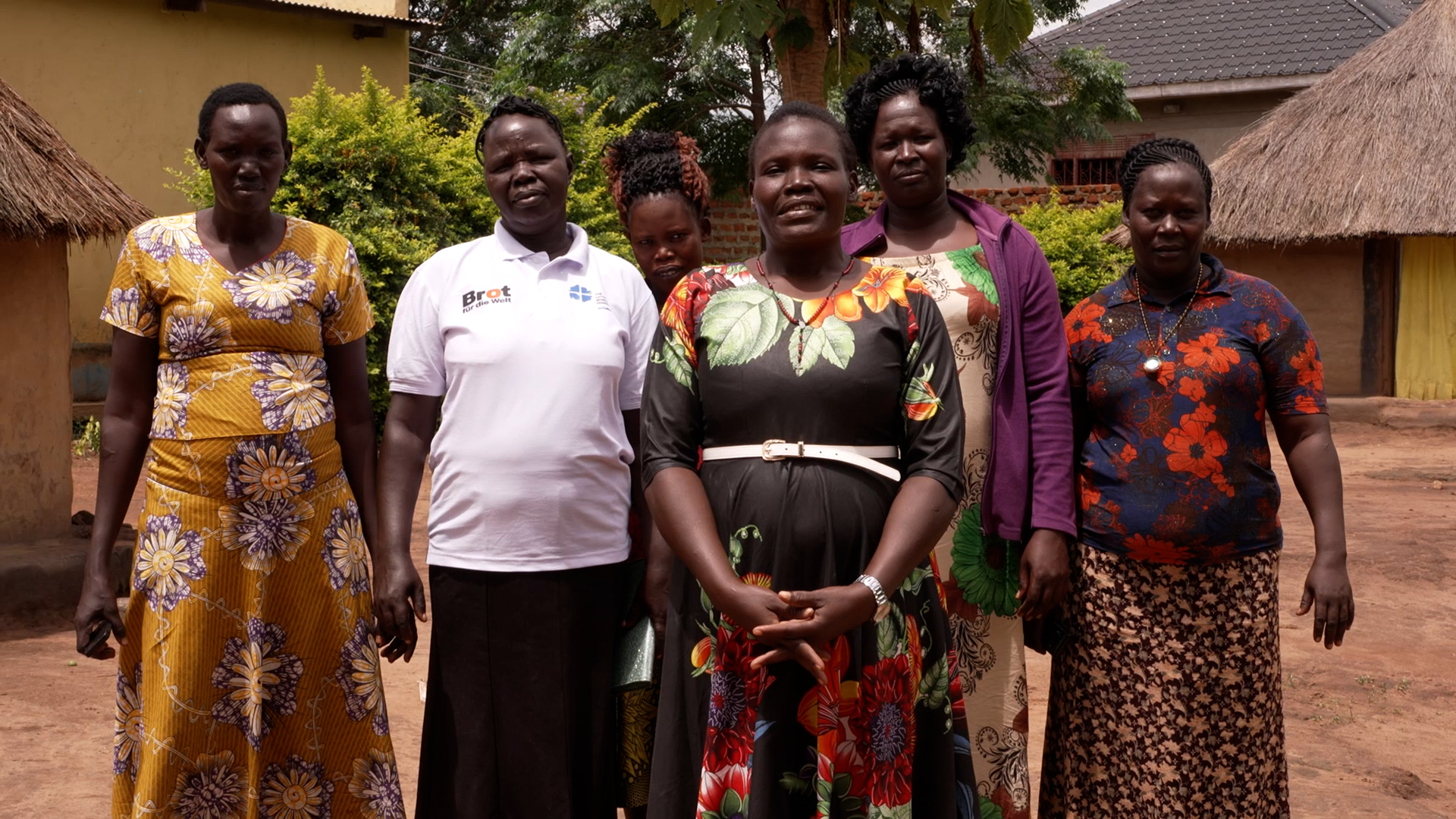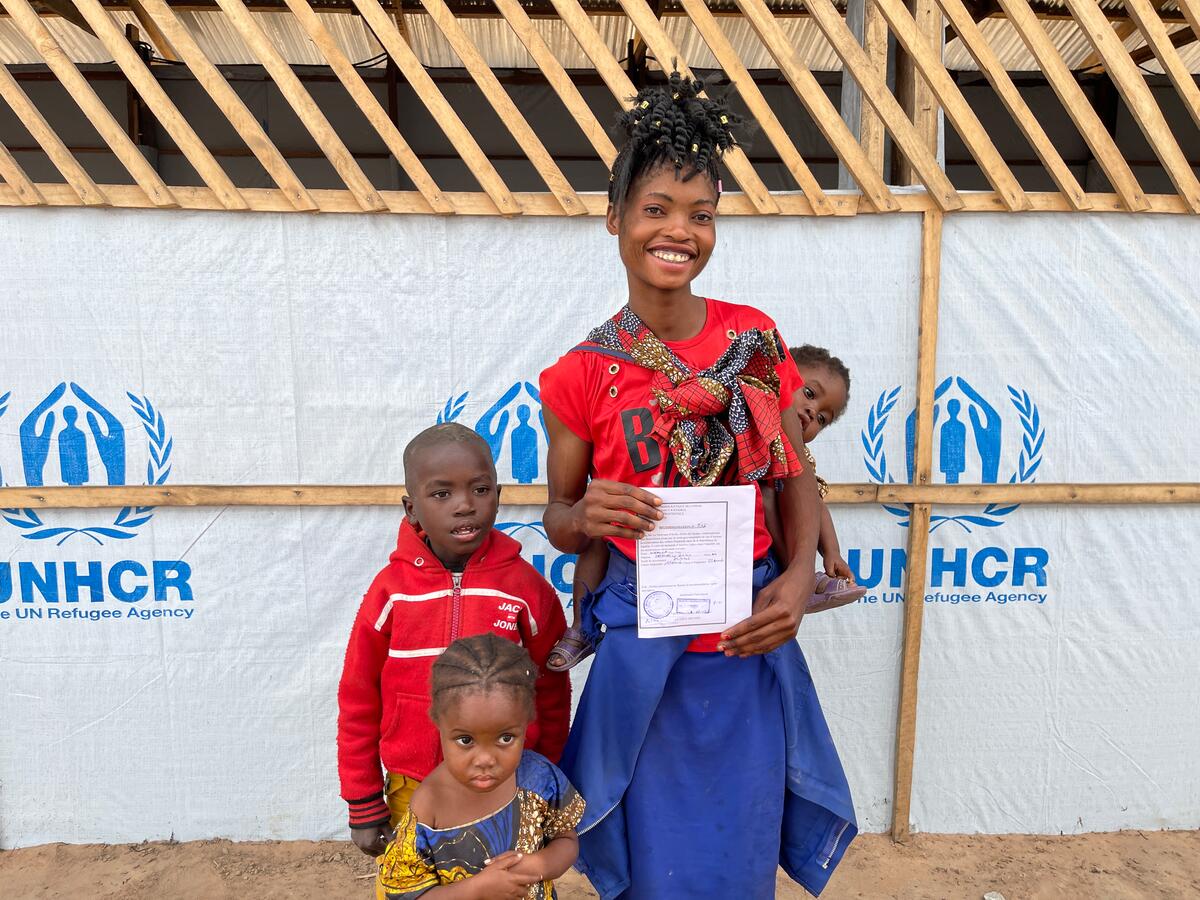1 Refugee Longing for Home: Sri Lankans separated by a body of water
1 Refugee Longing for Home: Sri Lankans separated by a body of water

COLOMBO, Sri Lanka, July 13 (UNHCR) - Selliah Arumugam walked through the gates at the bustling Bandaranaike International Airport in Colombo, his wife and four children in tow. With a big smile on his face, the 42-year-old pushed a metal cart piled high with their belongings into the arrival lounge.
Selliah is the 1,000th Sri Lankan refugee to return home this year with help from the UN refugee agency. Originally from the north-western coastal district of Mannar, the Arumugam family fled the deteriorating security situation in their village in August 2006. Selliah recalled the difficult journey they made five years ago across the Palk Strait: "We waited until dark and then took a boat with many others to India. The seas were rough and my youngest child was just three years old."
In India, they lived in Okkur camp in the southern state of Tamil Nadu. "Life was not easy, but what else could we do? So we stayed there, hoping that one day we would be able to return to our lands," he said.
This is a story shared by many Sri Lankan refugees. At the end of last year, there were said to be some 141,000 of them around the world, the majority in Tamil Nadu.
More than two years after the 26-year civil conflict ended, the pace of returns is picking up. UNHCR is helping a growing number of Sri Lankan refugees to return to their villages in the north and east. Most of the returns are taking place from refugee camps in Tamil Nadu, with smaller numbers from countries such as Malaysia, Georgia and the Caribbean island of St. Lucia. Major areas of return include Trincomalee, Mannar, Vavuniya and Jaffna. Smaller numbers are returning to Kilinochchi, Batticaloa, Ampara and Colombo.
"The number of refugees arriving back home in Sri Lanka is rising slowly and could increase further over the next half year with the recent launch of the Tuticorin-Colombo ferry service," said Michael Zwack, UNHCR's Representative in Sri Lanka. Tuticorin is a port on the south-eastern coast of Tamil Nadu state.
Sri Lankan refugees interested in voluntary repatriation can approach the nearest UNHCR office in their country of asylum. Once the request is processed, they are given an air ticket to Sri Lanka and are helped to obtain relevant travel documents. In Sri Lanka, UNHCR staff meet returnees at the airport and provide them with a modest transport grant to help them make their way home.
Selliah and other returnees under UNHCR's voluntary repatriation programme are also given a standard reintegration grant, as a first step towards helping them restart their lives. When they reach their final destination in Sri Lanka, they can approach one of UNHCR's five offices in the north and east to obtain a kit of basic household supplies, including plastic mats, mosquito nets, bed sheets, buckets and kitchen sets.
In villages of return, UNHCR carries out regular monitoring and seeks to ensure that returnees receive mine risk education and are included on food ration lists. The agency refers people with special needs - such as the the disabled and the elderly - to specialized institutions. They also point returnees in need of legal counselling towards the relevant government authority or other organizations that can provide targeted assistance.
After collecting his UNHCR grants in Colombo, Selliah gathered his family and set off for their village in Mannar. "I'm really looking forward to going home, seeing my relatives and starting up my life," he said. "I'm a paddy farmer by profession, so I will go back to doing that. After all, it is what I know."
Some 2,800 Sri Lankan refugees in India and beyond have expressed an interest in returning home in the near future. UNHCR believes that 1 Refugee Longing for Home is Too Many, and stands ready to help people like Selliah to achieve their dream.
By Sulakshani Perera in Colombo, Sri Lanka








